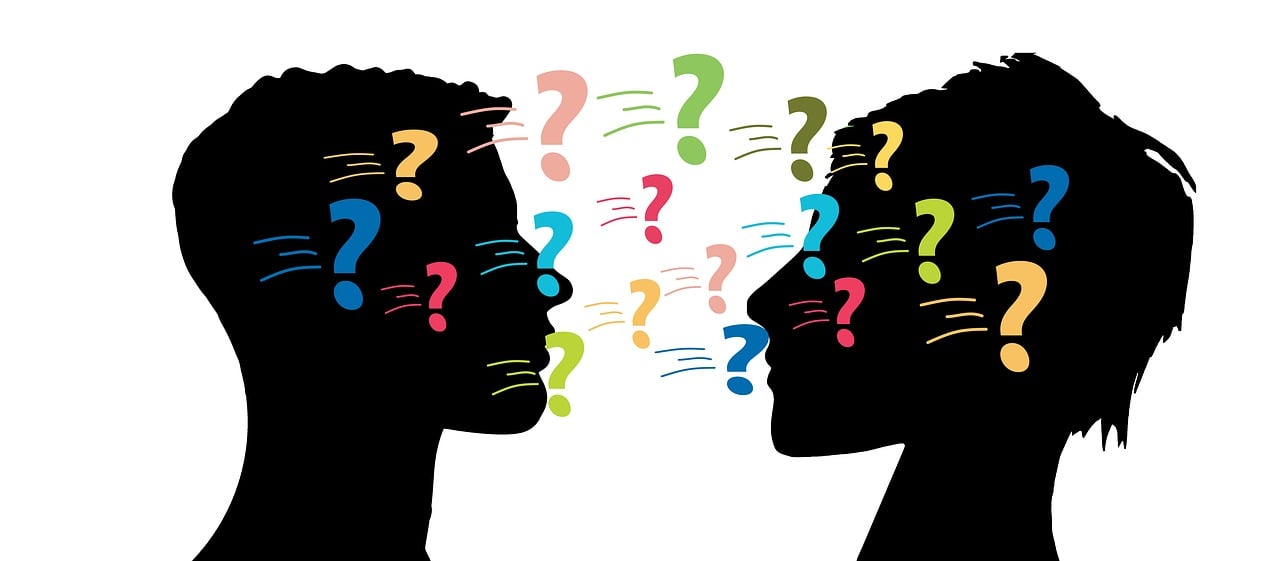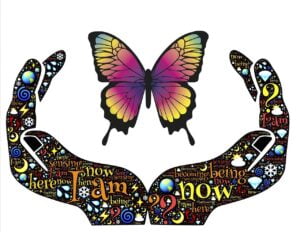Deaf culture and hearing culture represent two distinct yet interconnected worlds, shaped by unique experiences, languages, and societal norms. Understanding the differences between these cultures is essential in fostering inclusivity and bridging communication gaps.
The Dichotomy of Deaf and Hearing Cultures
Deaf culture, rooted in shared experiences and American Sign Language (ASL), revolves around a visual and vibrant communication system. It celebrates identity, community, and a strong sense of belonging. Deaf individuals often view deafness not as a disability but as a cultural identity, with ASL as a cornerstone of communication and cultural expression.
In contrast, hearing culture, predominantly based on spoken language, encompasses societal norms, customs, and values revolving around auditory communication. The emphasis on verbal interaction shapes social interactions, education, and daily life.
Variations Across Countries: Diverse Cultural Landscapes
Deaf and hearing cultures, like sign languages, vary across countries and regions. Each culture embodies unique linguistic nuances, traditions, and societal norms. For instance, Deaf culture in the United States might differ in some aspects from Deaf culture in Japan or Europe, reflecting diverse perspectives and historical influences.
The Importance of Community Events and Belonging
Community events play a pivotal role in both Deaf and hearing cultures, fostering a sense of belonging and camaraderie. In Deaf culture, events like Deaf festivals, ASL storytelling nights, and Deaf art exhibits serve as vibrant spaces for connection, celebration, and cultural exchange. These gatherings provide opportunities for Deaf individuals to bond, share experiences, and celebrate their unique language and heritage.
Similarly, hearing culture thrives on community events, ranging from social gatherings to music festivals and cultural celebrations. These events serve as avenues for socialization, fostering connections and a sense of unity among individuals within the hearing community.
Bridging the Gap: Finding Common Ground
While Deaf and hearing cultures may seem disparate, they share common threads that unite them. Both cultures value relationships, connections, and the sense of belonging within a community. The desire for understanding, empathy, and inclusivity is inherent in both cultures, fostering the potential for mutual respect and cooperation.
In conclusion, despite the differences in communication modalities, language, and societal norms, Deaf and hearing cultures share a fundamental desire for connection and community. Embracing the diversity and uniqueness of each culture while acknowledging their similarities allows for a more inclusive society that values and respects all forms of cultural expression and communication.



